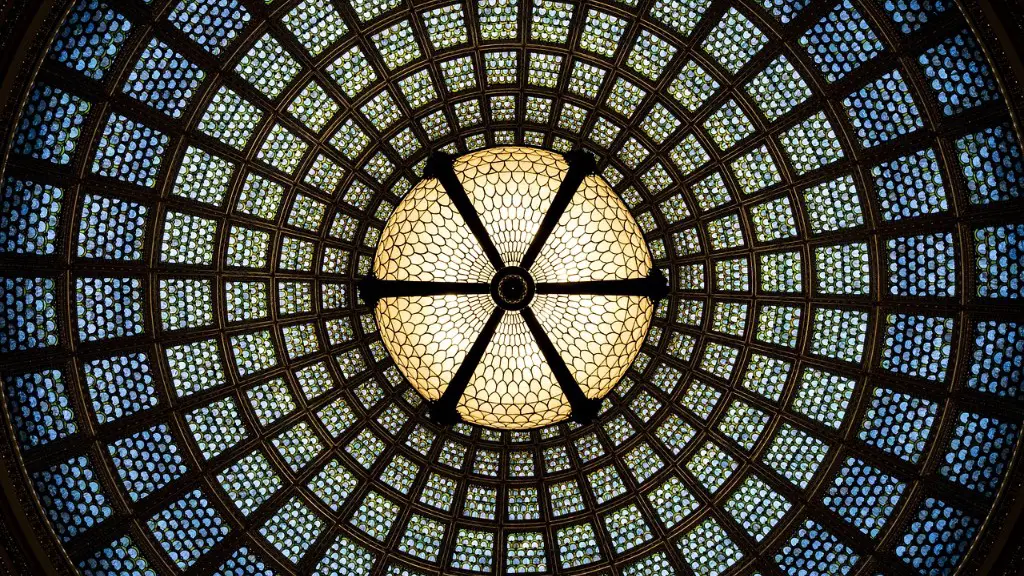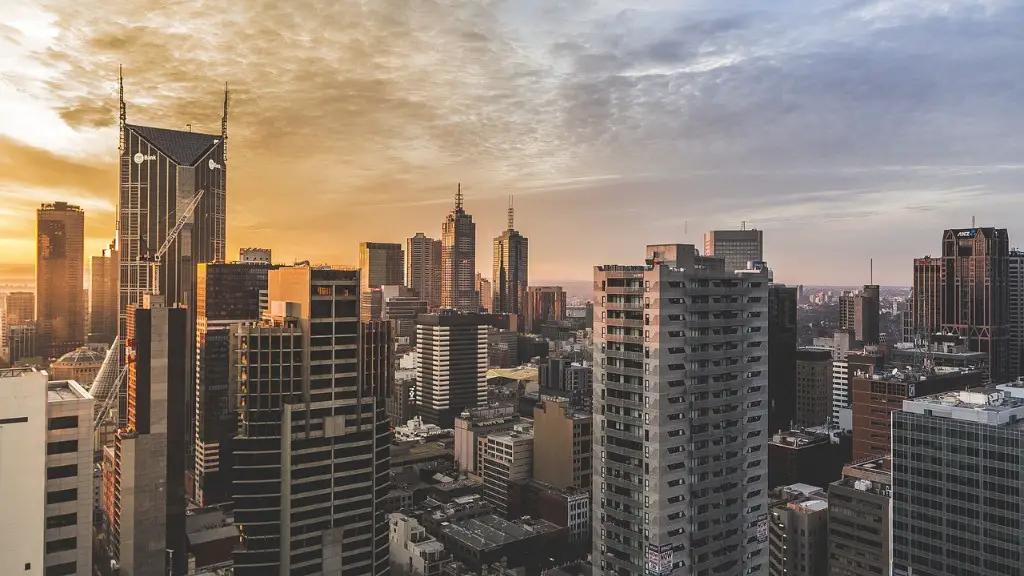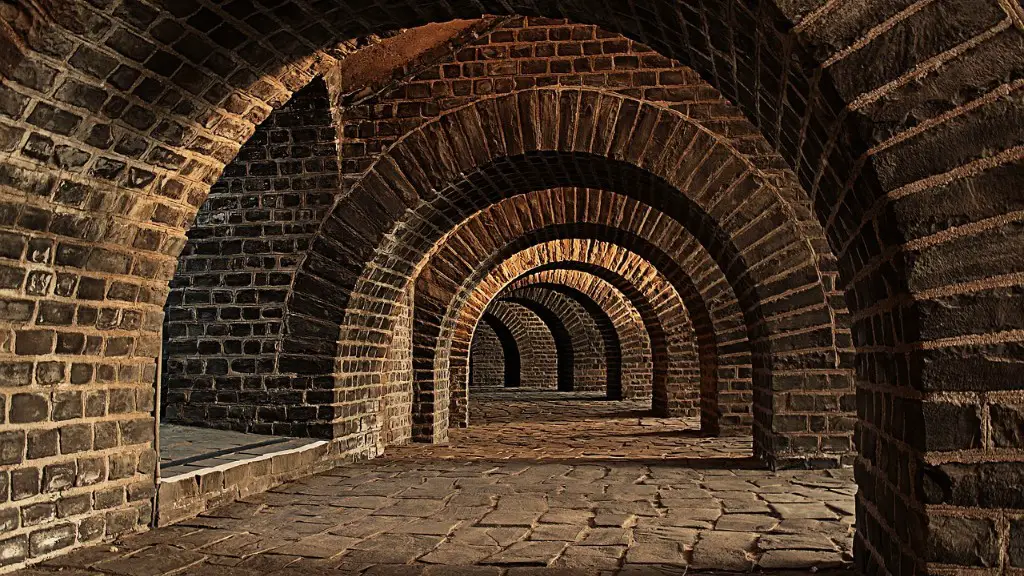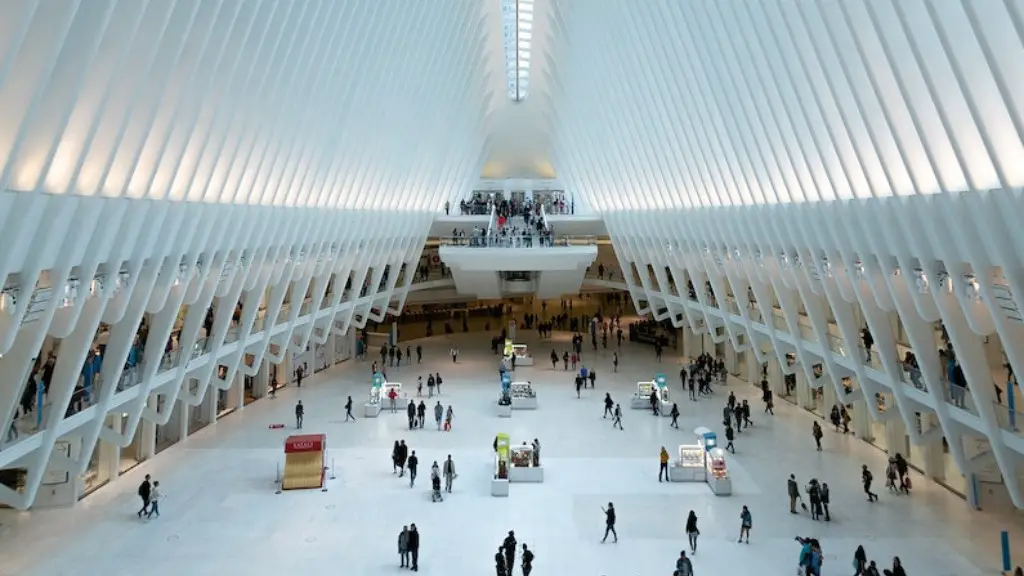Why Is Art And Architecture Important To A Civilization?
Art and architecture play an integral role in society and, specifically, in civilizations. They help us to express ourselves and to create a sense of identity and cultural heritage. Art and architecture help to uphold designs that shape the very foundation around which our societies are built upon. But why is art and architecture so important to a civilization?
On one hand, art and architecture allow us to connect with the past. We can view ancient monuments and buildings, paintings, sculptures and other forms of visual art and gain understanding of our history and culture. This helps us to learn and grow as a society, allowing us to understand where we have come from and what we have achieved in the past.
On the other hand, art and architecture help to shape the way we view and interact with the world. They provide us with a sense of connection and identity, as well as affect the way we go about our daily lives. Architectural structures, designs, and artwork can evoke certain feelings, such as awe or power. This can help us to create a sense of understanding about ourselves and our place in society.
In addition, art and architecture can be used as a form of civic expression. This can involve using art to shine a light on issues or to rally around a cause, helping to bring people together and spark social change. Art also serves as a way to communicate and express our emotions and beliefs, as well as uniting different generations, cultures, and nationalities.
Finally, art and architecture are important to ensure an aesthetically pleasing environment. Art can be used to embellish and add positive vibes to a public area or to a structure like a building. When used in interior or landscape design, art can be an expression of the culture and traditions of a society, allowing us to appreciate the beauty of our surroundings.
Political Power
Art and architecture have long been used as expressions of power and control. Some of the most numerous examples are the grand structures built by governments and empires for the purpose of conferring their faith, culture and power. One of the oldest examples of this is the Temple of Karnak in Egypt, which exemplifies the grandeur and power of the ancient Egyptian civilization. Throughout history, art and architecture have been used to demonstrate and reinforce a government’s power and authority.
This type of symbolism is still visible in the world today. Many government buildings, public monuments, and public artworks are designed in a way that reflect the greatness and power of a specific city or nation. For example, the Statue of Liberty has long been seen as a symbol of the freedom and strength of the United States.
However, art and architecture can also be used to challenge power and authority. Artists often employ their works to bring to light issues of injustice, inequality and other social issues. For example, the public artworks of Ai Weiwei, Picasso and Banksy have often been seen as provocative commentaries on modern political issues and have been used as a platform for protest.
Economic Impacts
Art and architecture can also have a significant economic impact. For example, iconic buildings and public artworks can help to attract tourists, resulting in increased revenue for local businesses and communities. This can be seen in cities such as New York, where landmarks such as the Statue of Liberty and Central Park attract millions of tourists every year. In addition, iconic public artworks can help to enhance property values, with high-end artworks often increasing the market value of surrounding homes.
Not only that, but a thriving art and architecture scene can help to stimulate the local economy by providing creative jobs for artists, designers and technicians in the area. This can help to promote innovation and growth in the local community and create a vibrant atmosphere for businesses and entrepreneurs.
Finally, art and architecture can help to generate additional revenue for cities and countries. Governments often invest heavily in public artworks which can then be sold to collectors and investors, providing an additional source of income. Similarly, governments may be willing to pay top dollar for architects to design iconic buildings and structures, both public and private. This can generate economic benefits that can be used to fund public projects and benefit local communities.
Community Benefits
Art and architecture can also help to bring people together, providing a sense of belonging and connection. They can help to create a dialogue between different communities, sparking conversations and inspiring collaboration. Art is often used as a tool to break down barriers and create an inclusive environment where different opinions can be expressed and appreciated.
In addition, artwork and architecture can be used to highlight and celebrate cultural heritage, and to provide civic pride. Art and architecture can be used to showcase unique aspects of a city or country and create a community identity. For example, many cities have iconic monuments or sculptures that are seen as symbols of their culture, such as the Eiffel Tower in Paris or Big Ben in London.
Finally, art and architecture can be used to bridge the gap between different generations and help to create a sense of understanding and appreciation for different cultures and beliefs. By engaging in dialogues about art and architecture, people can share their thoughts, ideas and experiences, learning from each other and creating a bond between individuals and communities.
Educational Benefits
Art and architecture are often thought of as an essential part of education, giving students the opportunity to explore and create. Not only does art provide an outlet for self-expression, but it can also help to stimulate creativity and problem-solving skills. By engaging in various art projects and activities, students can learn to think outside the box and come up with innovative ideas and solutions.
In addition, studying art and architecture in school can help students to gain an understanding of history and culture. By exploring different styles and forms of art, students can gain an appreciation for different cultures and eras, as well as learn about the thoughts and feelings of people living in different times. Not only does this help to broaden their worldview, but it can also provide a better understanding of their own culture and history.
Finally, art and architecture can be a great way to engage students in classrooms. By introducing art-related activities, students can be encouraged to work together and explore different topics, helping to create an inclusive and engaging learning environment.
The Power of Art and Architecture
Art and architecture have long been used as expressions of power and control. Grand structures, monuments and public artworks can be used to illustrate the greatness and power of a country or city, while also providing a platform for political expression and protest. Art and architecture can also have strong economic impacts, generating revenue and attracting tourists, while providing jobs in the local community. Not only that, but it can also help to bring people together, providing a sense of belonging and connection, as well as helping to celebrate cultural heritage. Lastly, art and architecture are often seen as an essential part of education, giving students the opportunity to explore and create, and helping to broaden their understanding of different cultures and beliefs.
Societal Benefits
Art and architecture can also have strong societal implications, providing more than just aesthetic value. For example, art can be used to promote social causes, educate people about different issues, and inspire action. Similarly, architecture and design can be used to create sustainable and eco-friendly living spaces, and to help to bring communities together.
Public artworks can also be used to strengthen the sense of identity and pride within a community. By displaying artworks that are steeped in cultural symbolism and heritage, communities can proudly showcase and celebrate the history and traditions of their people. This can help to create an atmosphere of inclusivity and respect, and serve as a platform to bring people together.
Furthermore, art and architecture can help to improve the overall environment of a society. Unique and creative designs can help to liven up public spaces, and artwork can help to brighten and enliven a community. Art and architecture can also be used to draw attention to different issues, sparking discussions and creating a sense of awareness that can result in positive social change.
Conclusion
As we can see, art and architecture play a crucial role in civilizations. Not only can they be used as a form of expression and as a platform to promote political issues, they can also have strong economic and social implications. Art and architecture can also help to create a sense of identity and pride, while providing an outlet for creativity, innovation and education. Ultimately, art and architecture are essential to our society, helping to shape and define our civilization.





